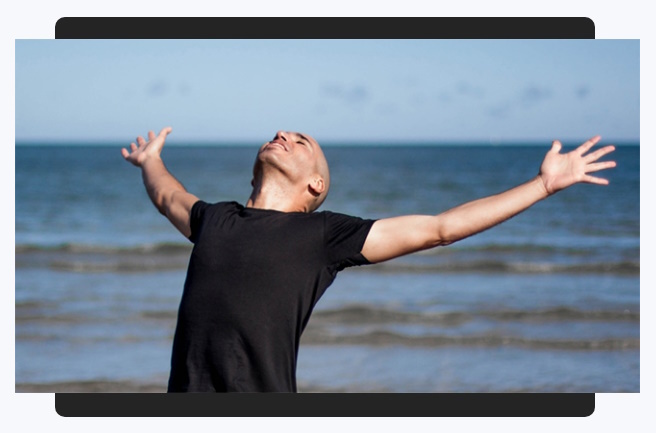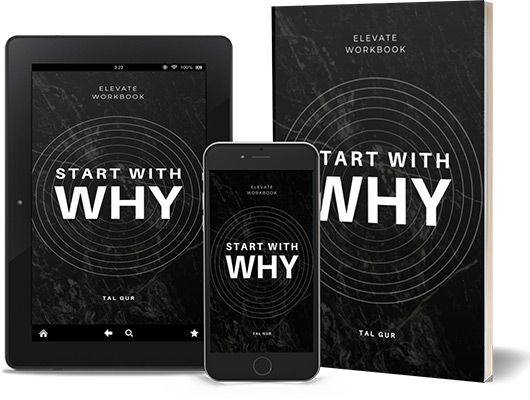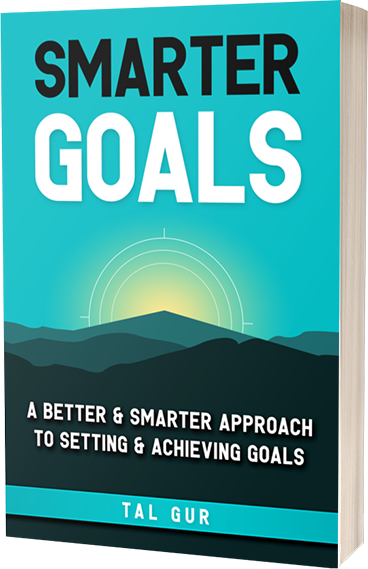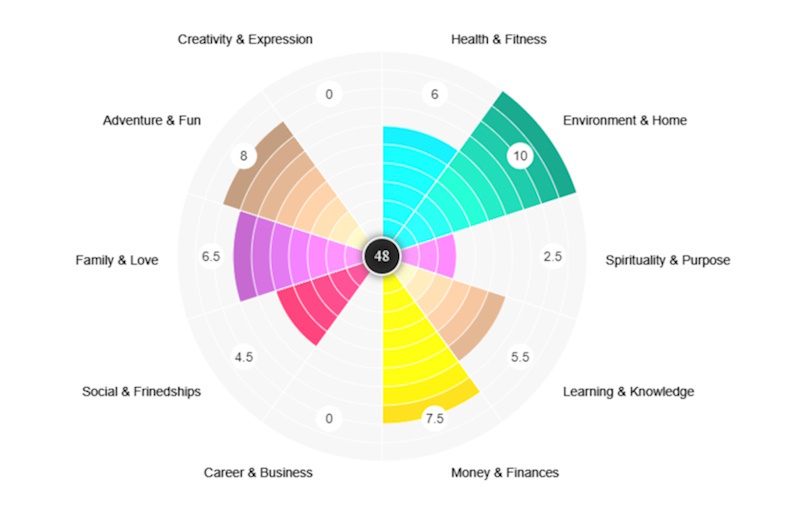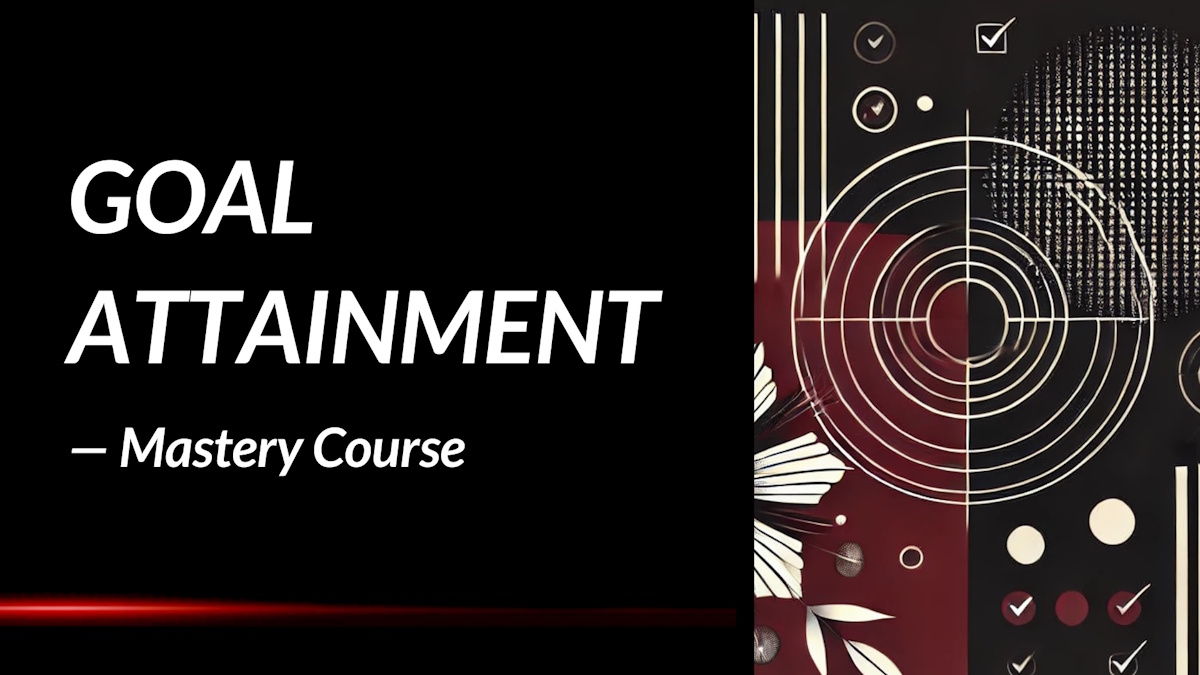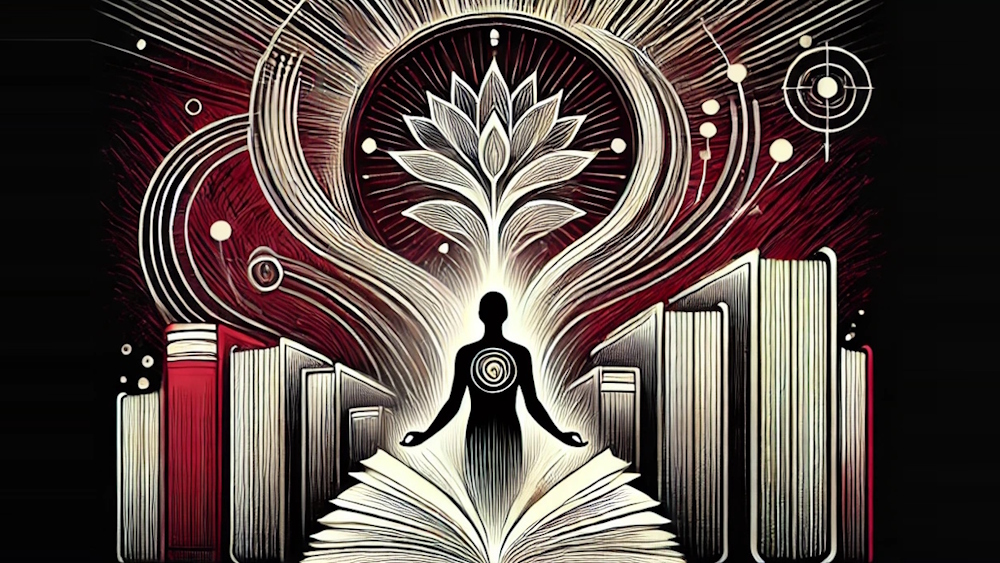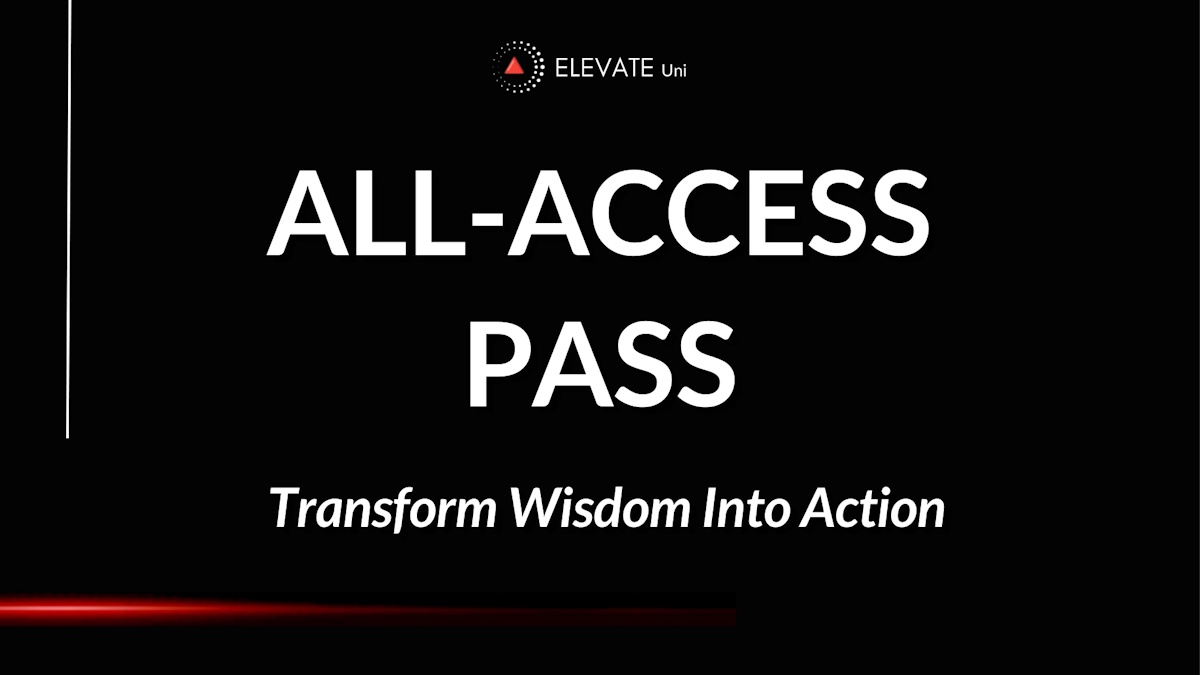How to Calm Your Mind: Summary Review
What if the secret to being more productive isn’t doing more—but feeling less overwhelmed? In How to Calm Your Mind, Chris Bailey, a productivity expert and author, reveals how embracing calm can unlock deeper focus, resilience, and satisfaction in our fast-paced world.
What is the Book About?
In How to Calm Your Mind, Chris Bailey explores the paradox that in our relentless pursuit of productivity, we often sacrifice the very calmness that enables true effectiveness. Drawing from personal experiences, including his own battle with burnout, Bailey delves into the science behind anxiety, stress, and the overstimulation that plagues modern life. He argues that by understanding and managing these factors, we can achieve a more sustainable and fulfilling form of productivity.
The book offers practical strategies to cultivate calmness, such as embracing analog activities, practicing "stimulation fasting," and redefining our relationship with technology and busyness. Bailey emphasizes that calmness is not a luxury but a necessity for meaningful work and a satisfying life. Through a blend of research, personal anecdotes, and actionable advice, he provides a roadmap for readers to navigate anxious times with presence and purpose.
Book Details
Print length: 288 pages
Language: English
Publication date: December 27, 2022
Genre: Self-help / Productivity
Book Author
Chris Bailey is known for his deep dives into the science of attention and performance. After graduating from Carleton University, he embarked on a year-long experiment to test productivity techniques, which led to his first book, The Productivity Project. His subsequent works, including Hyperfocus and How to Calm Your Mind, continue to explore the intersection of productivity and well-being. Bailey's insights have been featured in major publications, and he shares his findings through speaking engagements and his website, A Life of Productivity.
Core Theme
At the heart of How to Calm Your Mind is the concept that calmness is a critical, yet often overlooked, component of productivity. Bailey challenges the conventional notion that constant busyness equates to effectiveness. Instead, he posits that a calm mind enhances focus, creativity, and decision-making, leading to more meaningful and sustainable productivity. By addressing the underlying causes of anxiety and overstimulation, individuals can reclaim their attention and energy.
Bailey also introduces the idea of "stimulation fasting," encouraging readers to periodically disconnect from digital devices and high-stimulus environments. This practice aims to reset the brain's reward system, reduce dependency on constant stimulation, and foster a deeper sense of presence. Through these strategies, the book advocates for a balanced approach to work and life, where calmness serves as the foundation for true productivity.
Main Lessons
A few impactful summary lessons from How to Calm Your Mind:
1. Dopamine Feeds Distraction and Drains Presence
Our brain’s relentless chase for stimulation is rooted in dopamine, a neurochemical often misunderstood as merely a pleasure-inducer. In truth, dopamine operates on the promise of pleasure, not the experience of it, making us crave novelty, distraction, and digital engagement more than ever. This constant anticipation keeps us in a loop of restless searching, which distances us from being fully present. The more our actions are driven by this anticipatory reward system—especially toward achievements, recognition, or even mindless scrolling—the further we drift from calm and clarity. By recognizing this pattern and understanding how deeply dopamine governs our daily behaviors, we can begin to reclaim our attention and presence.
2. Stimulation Fasts Help Reset Mental Focus
A powerful strategy to regain mental clarity and reduce anxiety is the concept of a stimulation fast—not a dopamine fast in the strictest biochemical sense, but a conscious pause from empty dopamine-driven activities. This involves intentionally identifying and stepping back from compulsive digital habits like constantly checking social media, binge-scrolling news, or playing repetitive mobile games. Replacing these activities with analog alternatives—such as playing a musical instrument, reading physical books, or volunteering—helps restore a slower, more intentional rhythm. By engaging in these more grounded activities, we make space for focus, creativity, and calm to re-emerge in our lives.
3. Burnout Thrives in Six Toxic Work Conditions
Burnout isn’t just about being overworked—it’s a psychological trifecta of exhaustion, cynicism, and a sense of ineffectiveness. These symptoms often stem from six critical stress triggers in our work lives: unmanageable workloads, lack of control over how we work, insufficient recognition or reward, lack of community, perceived unfairness, and misalignment between our values and job tasks. When these elements are out of balance, stress becomes chronic and burnout inevitable. Recognizing which of these six areas are fueling our stress gives us a roadmap for change. By dissecting the root causes and using whatever autonomy we have to redesign our work experience, we can begin to heal from burnout and protect our mental well-being.
4. The Analog World Nourishes Presence and Peace
Digital tools are designed for efficiency, but they often fuel distraction, anxiety, and dopamine overload. In contrast, analog experiences connect us with neurochemicals like oxytocin and serotonin—chemicals that foster calm, connection, and a sense of meaning. The rule of thumb becomes simple: turn to digital tools for speed and utility, but rely on analog practices for depth and presence. Journaling by hand, reading printed newspapers, or playing physical games with others can ground us in the present in ways no app ever could. These experiences slow down the mind, helping us engage more fully with life and escape the agitation of constant digital noise.
5. Your Values Are Anchors to Inner Peace
True calm isn’t just the absence of stress—it’s the presence of meaning. When we live in harmony with our values, even demanding days can feel fulfilling. But when our actions drift from what we care most about, stress and dissatisfaction creep in. Reflecting on the ten universal values identified by researcher Shalom Schwartz—ranging from achievement to benevolence to tradition—helps us uncover what truly matters. Pinpointing which values resonate most allows us to design lives that are more aligned and intentional. The more congruent our daily activities are with these inner priorities, the deeper our sense of calm and clarity becomes.
6. An Accomplishment Mindset Can Quietly Burn You Out
While striving for success is often celebrated, an unchecked achievement mentality can quietly erode our mental health. Chris Bailey reveals that relentless pursuit of productivity, without boundaries, leads to a loop of chronic stress and burnout. The modern obsession with squeezing more into every minute can make us feel like we’re accomplishing less, robbing life of joy and spontaneity. The key lies in tempering our ambitions with self-awareness and pacing. By setting limits on how much we try to achieve and consciously savoring moments of rest and connection, we make room for both success and serenity.
7. Not All Digital Tools Are Harmful Distractions
While digital overstimulation is a genuine source of stress, not every digital activity is inherently disruptive. For many, reading on an e-reader with adjustable lighting, listening to calming music through smart devices, or working efficiently from a home office setup actually enhances calm and focus. The issue isn’t digital itself, but how we engage with it. The goal is to use technology with intention—not addiction. When we eliminate stress-inducing apps and embrace tools that genuinely support our lifestyle and wellbeing, we find balance instead of burnout.
8. The Real Enemy Is Mindless Engagement, Not Technology
The debate shouldn’t be framed as analog versus digital—it should be about conscious versus compulsive behavior. Stress and burnout existed long before smartphones and social media, driven by everything from toxic workplaces to overwhelming responsibilities at home. Calm emerges not from rejecting digital life, but from identifying the habits—regardless of their form—that pull us out of alignment. It’s about intentionally choosing experiences that align with our goals and values. Whether analog or digital, what matters is that we remain the ones making the choice—not our cravings, not our impulses, and certainly not the algorithms.
9. Balance Between Savoring and Striving Enriches Life
In a culture that glorifies busyness and productivity, savoring often feels like a guilty pleasure. But Chris Bailey emphasizes that savoring—the mindful appreciation of the present moment—is a necessity, not a luxury. When we take time to fully immerse ourselves in everyday joys, like a meaningful conversation or a quiet cup of tea, we counterbalance the intensity of our ambition. The harmony between striving and savoring creates a richer, more resilient experience of life. It gives us permission to slow down without falling behind, and to enjoy the process without losing sight of our goals.
10. Calm Requires Active, Ongoing Maintenance
Calm isn’t a one-time achievement; it’s a discipline, a practice that needs regular tending. Just as clutter builds up in a house without attention, anxiety accumulates in a mind that’s overstimulated, overcommitted, and out of alignment. The tools to regain calm—stimulation fasts, analog activities, value reflections, mindfulness, and balanced technology use—aren’t quick fixes. They’re daily choices that compound over time. The path to calm is less about doing more, and more about doing less—but with greater purpose. It's a lifelong recalibration of how we engage with our time, our tools, and our inner life.
Key Takeaways
Key summary takeaways from the book:
- Calmness is essential for sustainable productivity and overall well-being.
- Overstimulation from technology and constant busyness can lead to burnout and decreased effectiveness.
- Practices like "stimulation fasting" and embracing analog activities can help restore mental clarity.
- Redefining success to include well-being leads to more fulfilling achievements.
- Mindfulness and intentionality are key to managing stress and enhancing focus.
Book Strengths
How to Calm Your Mind stands out for its blend of personal narrative and scientific research, making complex concepts accessible and relatable. Bailey's candid discussion of his own experiences with burnout adds authenticity, while his practical advice offers readers tangible steps to implement. The book's emphasis on balancing productivity with mental health resonates with a wide audience, providing a timely resource for those seeking to navigate the challenges of modern life.
Who This Book Is For
This book is ideal for professionals, students, and anyone feeling overwhelmed by the demands of modern life. It's particularly beneficial for those who have tried traditional productivity methods without success and are seeking a more holistic approach that prioritizes mental well-being alongside performance.
Why Should You Read This Book?
Reading How to Calm Your Mind offers valuable insights into managing stress and enhancing productivity through the cultivation of calmness. Bailey's approachable writing style and evidence-based strategies make the book an engaging and practical guide. For anyone looking to break free from the cycle of constant busyness and achieve more by doing less, this book provides the tools and motivation to make meaningful changes.
Concluding Thoughts.
In an era where the hustle culture dominates, How to Calm Your Mind offers a refreshing perspective that challenges the status quo. Chris Bailey's exploration of calmness as a cornerstone of productivity invites readers to reconsider their approach to work and life. By integrating calmness into our daily routines, we can unlock greater focus, creativity, and fulfillment.
This book is not just a guide to doing less but a manifesto for living more intentionally. It encourages a shift from reactive busyness to proactive presence, empowering readers to take control of their time and energy. For those ready to embrace a more balanced and mindful approach to productivity, How to Calm Your Mind is an essential read.
"→ Get the book on Amazon or discover more via the author's website or other channels (Podcast).
* The publisher and editor of this summary review made every effort to maintain information accuracy, including any published quotes, lessons, takeaways, or summary notes.
Chief Editor
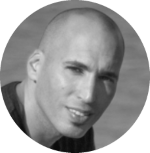 Tal Gur is an author, founder, and impact-driven entrepreneur at heart. After trading his daily grind for a life of his own daring design, he spent a decade pursuing 100 major life goals around the globe. His journey and most recent book, The Art of Fully Living, has led him to found Elevate Society.
Tal Gur is an author, founder, and impact-driven entrepreneur at heart. After trading his daily grind for a life of his own daring design, he spent a decade pursuing 100 major life goals around the globe. His journey and most recent book, The Art of Fully Living, has led him to found Elevate Society.


